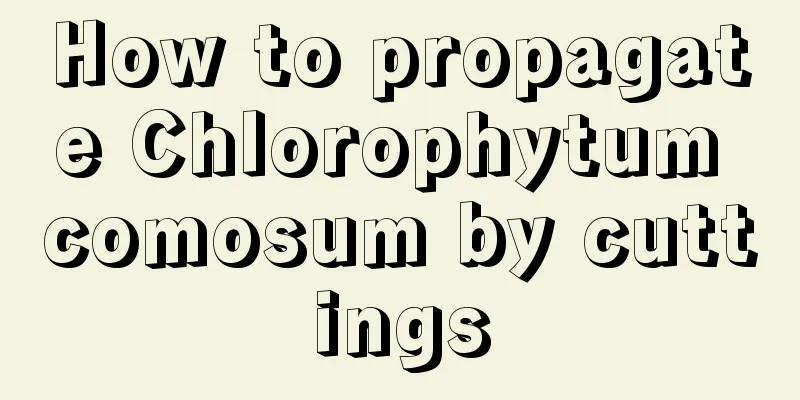Camellia rhododendron cultivation method

1. Breeding methods1. Soil: Camellia azalea grows well in loose, fertile, acidic soil. It can be prepared with leaf mold, garden soil and river sand, and at the same time, you should choose a flower pot with good permeability. 2. Light: Camellia azalea cannot grow without sufficient light. Long periods of sunlight must be ensured every day, but shade is needed in summer and it must not be exposed to strong sunlight, otherwise the leaves will turn yellow and dry. 3. Watering: Camellia azalea prefers a humid environment. You can water when the soil surface is dry but the inside is still moist. Don't wait until it is completely dry before watering. The amount of water should not be too large to avoid waterlogging and submerging the roots. 4. Fertilization: Before the camellia azalea blooms, apply phosphorus fertilizer once a month. After the flowers fade, nitrogen and phosphorus compound fertilizers should be added to make up for the nutrients consumed during the flowering period. In summer and winter, the growth is slow or the plant enters a dormant period, so it is not advisable to apply fertilizer. 2. Breeding techniques1. Cutting: Cutting is a common propagation method for Camellia Rhododendron, usually carried out in May and June. Cut a relatively thick branch, between 5-8 cm in length, remove the lower leaves, and apply indolebutyric acid on the bottom to facilitate rooting. After that, plant the cuttings in loose, breathable acidic soil, control the temperature at around 20-25℃, and they will take root soon. 2. Grafting: For varieties that are difficult to survive, grafting can also be used. Cut the bottom of the scion into a wedge shape and insert it into the notch of the rootstock. Tie the joints tightly and cover with a plastic bag to keep the air moist. 3. Pest and disease control1. Disease: Leaf spot disease is relatively common, and the leaves will turn yellow and dry after the disease occurs. The diseased leaves need to be removed and sprayed with methyl thiophanate solution for prevention and control. 2. Pests: Aphids are the main pests, causing the leaves to curl and become brittle, and also affecting flowering. The adult insects need to be captured and the eggs killed with lime sulfur. |
<<: How long can a gardenia live?
Recommend
Planting and harvesting time
Planting time of Rehmannia glutinosa my country h...
What to do if the Aspidistra doesn't grow new leaves
1. Temperature This is a plant that originally gr...
People who should avoid taking Dendrobium officinale, can you eat too much Dendrobium officinale?
1. Taboo groups 1. Pregnant women: Pregnant women...
Plants are afraid of the cold, so is it enough to just bring them indoors?
Do your plants hate the cold? Common home-grown f...
When to use tomato balanced fertilizer (use of tomato balanced fertilizer and high potassium fertilizer)
When we were growing tomatoes, many growers were ...
Key points of strawberry management technology in December
With the arrival of December, cold air activities...
Watering method of ash tree
1. Watering method The water application situatio...
The difference between white phoenix and white phoenix chrysanthemum
The morphology of white phoenix and white phoenix...
Hydroponic methods and precautions for green radish
method First of all, you need to select the branc...
Do pine trees like water? What kind of environment do they like?
1. Do you like water? Pine trees are relatively d...
Difference between sweet peas and green beans
1. Leaf Difference The leaflets of sweet pea are ...
How to grow green radish more vigorously in summer
During the summer maintenance period, windows nee...
How many kilograms can one acre of land produce?
Yield of honey pomelo per mu Honey pomelo is a va...
How to Make Potted Ivy Grow Out of the Pot
1. Change pots and soil in time When changing the...
Can bougainvillea be pruned and transplanted?
Can bougainvillea cuttings be transplanted? Bouga...









